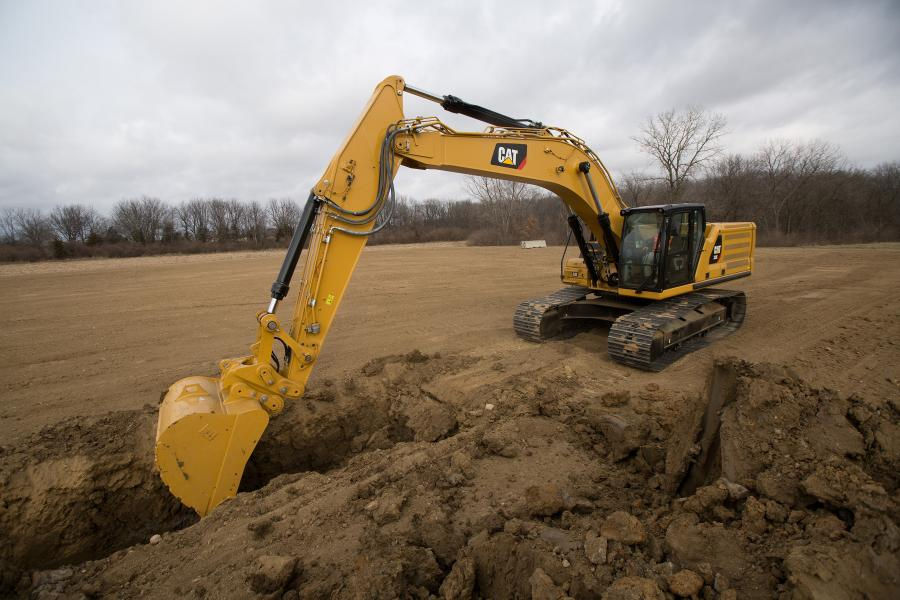Concrete vs. Cement: Unraveling the Misconceptions
- Midtex Services
- Apr 29, 2024
- 2 min read

The terms "concrete" and "cement" are often used interchangeably, leading to confusion about their actual meanings and roles in construction. However, they refer to distinct materials with unique properties and functions. Let's delve into the differences between concrete and cement to shed light on this common misconception:
Understanding Cement:
Cement is a fine powder made from limestone, clay, and other minerals heated in a kiln at high temperatures. The resulting substance, called clinker, is ground into a fine powder to produce cement. Cement acts as a binding agent when mixed with water and aggregates (such as sand and gravel) to form concrete.
Key Characteristics of Cement:
Binding Agent: Cement binds aggregates together to form concrete, providing cohesion and strength to the mixture.
Limited Use Alone: Cement alone cannot be used as a construction material; it requires mixing with water and aggregates to form concrete.
Types of Cement: There are different types of cement, including Portland cement (most commonly used), blended cements, and specialty cements tailored for specific applications.
Understanding Concrete:
Concrete is a composite material made by mixing cement, water, aggregates (such as sand, gravel, or crushed stone), and often additional additives or admixtures. The mixture is poured or placed into molds or formwork, where it hardens and cures to form a solid, durable structure.
Key Characteristics of Concrete:
Composite Material: Concrete is a composite material comprising cement as the binding agent, aggregates for strength and volume, water for hydration, and additives for desired properties.
Versatility: Concrete is versatile and used in various construction applications, including foundations, floors, driveways, sidewalks, bridges, and buildings.
Strength and Durability: Properly mixed and cured concrete exhibits excellent strength, durability, and resistance to weathering, fire, and chemical attacks.
Customization: Concrete can be customized with additives, pigments, and finishing techniques to achieve different colors, textures, and surface finishes.
Misconceptions Clarified:
1. Concrete is Not Cement: While cement is a component of concrete, they are not synonymous. Concrete is the final product formed by mixing cement, water, aggregates, and additives.
2. Cement Alone is Ineffective: Using cement alone without aggregates and water does not create a usable construction material. It requires the addition of aggregates and water to form concrete.
3. Diverse Applications of Concrete: Concrete is used in a wide range of applications beyond construction, including infrastructure projects, decorative elements, and artistic creations.
Conclusion:
In summary, understanding the difference between concrete and cement is crucial to dispel common misconceptions. Cement is a binding agent, while concrete is a composite material formed by mixing cement, water, aggregates, and additives. Concrete is a versatile, durable, and widely used construction material with diverse applications. By clarifying these distinctions, we can enhance our understanding of construction materials and their roles in building resilient structures.





Comments